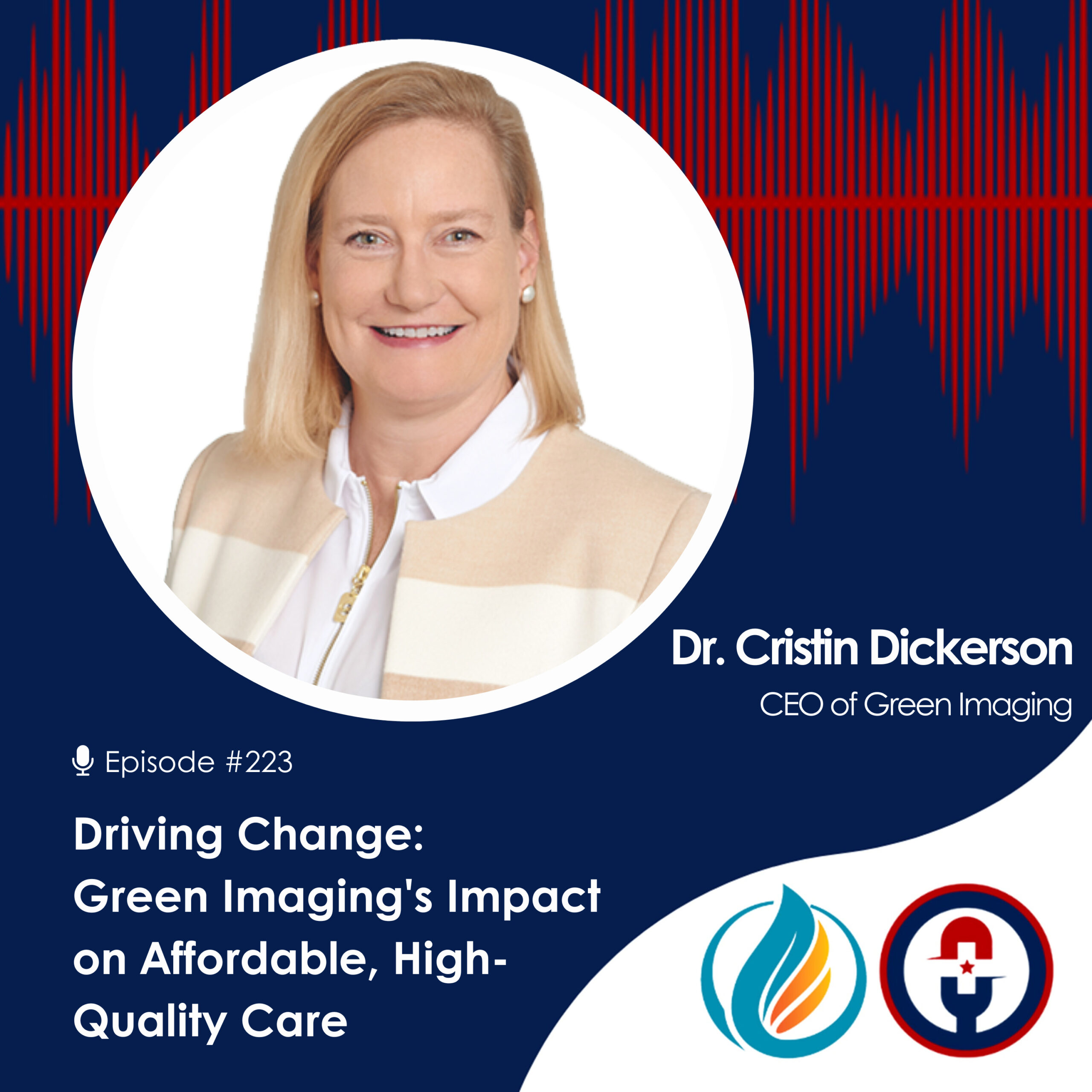The Rise of Direct Pay and Cash-Based Healthcare

Healthcare: Confusing, Costly, and Complex
When you go to the supermarket all the produce and products available in the store are neatly arranged in aisles, bins, and shelves. Produce can be found in the produce section, cereal in the breakfast food corridor, and the aroma of fresh-baked bread denotes the bakery. You know exactly where to go to get what you need. And if you don’t, you can still find your way as each aisle and section is clearly marked. The prices are plainly visible. Competing products are arranged side-by-side. Consumers can compare apples-to-apples by price per pound, nutrient content, shape, and color. They can determine which is a better value, which has better nutrients, which one is more appealing. This is comparison shopping. Manufacturers and producers compete in an open, transparent environment where most or all of the information needed to make an informed decision is available and easy to access.
Unfortunately, when it comes to healthcare in America, pricing transparency simply does not exist. Instead, our healthcare system is notoriously opaque, beset by systemic complexities, confusing to consumers, and costly. As it stands, that is just the way some in the healthcare industry prefer it to remain. After all, the government, employers, and consumers all keep pumping more and more money at an ever increasing rate into the healthcare system without commensurate returns. Healthcare spending by Americans hit $3.35 trillion dollars last year. Healthcare spending is growing three times faster than workers’ wages. We now spend an astonishing 20 percent of GDP on healthcare alone. Healthcare cost in the United States is so expensive that we pay a higher share of our taxes in relation to our GDP to cover health care than countries that offer universal healthcare to their citizens - including Canada, the United Kingdom, and Australia. Everyone agrees, this trend of high spending for less care is not sustainable.
"When it comes to healthcare in America, pricing transparency simply does not exist. Instead, our healthcare system is notoriously opaque, beset by systemic complexities, confusing to consumers, and costly."
--- DR. CRISTIN DICKERSON, MD
In the absence of meaningful price transparency in an industry wracked by instability and uncertainty, a new cash-based business model has taken shape. Doctors, hospitals, and healthcare providers operating under this new paradigm do not accept any form of insurance. They do not allow private insurers. They do not accept Medicare or Medicaid. They only accept cash. This new approach, for better or worse, is quickly spreading across the country with enthusiasm for the hope of better and less expensive healthcare.
The hard cash healthcare economy
In the hard cash health care system, prices are listed for all to see. A knee replacement may cost $14,000. An MRI may cost $400. The price you see is the price you pay. No bureaucratic runaround or negotiated prices here. This business model is often referred to as a Direct Pay Model, which should not be confused with concierge-style health care services, which still accept insurance. Direct Pay does not accept insurance, it works only on a cash basis. In return, a patient receives one bill that covers the entire procedure, any necessary aftercare, and in some cases, air and hotel costs as well. It offers an all-inclusive package that may cost as much as 50 percent less than if a patient received the same care at a traditional hospital with insurance.
Introducing price transparency in healthcare
The current model of doing business in an industry where no one knows what anything costs is particularly attractive to some vendors in the diagnostic imaging industry. Routine MRIs and other imaging and diagnostic procedures, which are performed hundreds of thousands of times per year across the nation, can cost thousands of dollars per procedure. Yet these steep prices in many cases have no basis in reality. Hospitals and providers charge what they want, and may not even disclose the cost beforehand. Imaging facilities and clinics operating under a Direct Pay system, however, often charge as little a few hundred dollars per exam. The benefits of cash-based care can be particularly transformative in the diagnostic imaging sector, a market projected to be a $36 billion dollar industry by 2021. Introducing price transparency to an industry that touches nearly every patient, provider, and healthcare professional in the entire nation is an excellent start to changing the market.
Not without costs
While good for transparency and comparison shopping and easily applicable to the 55 percent of health care in this country that is employer-based, cash-based care is not for everyone. Further marginalization of vulnerable groups is one glaring weakness associated with the proliferation of Direct Pay establishments. Those with the least means, the poor, the elderly, and the desperately ill who may need more expensive medical care will have to pay at the door or risk being turned away. For these vulnerable people, traditional insurance, particularly Medicare and Medicaid, is critical for survival. Even middle-class families may cringe at some list cash-based prices regardless of transparency, particularly those with preexisting or expensive, chronic conditions or those who have dependents who have severe conditions.
The bottom line
Ultimately, there is no silver bullet solution to the healthcare crisis in America, but the free market commodification of healthcare that Direct Pay and cashed-based care represent is a first step to significantly decreasing employer and individual consumer out of pocket costs. In this fight against the seemingly ever-rising tide of high healthcare costs, the introduction of pricing transparency to this segment of the market may represent the beginning of real change.












